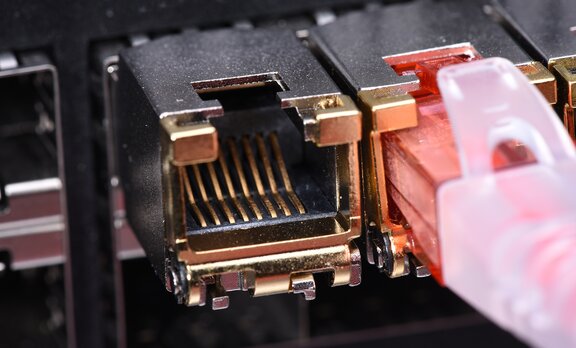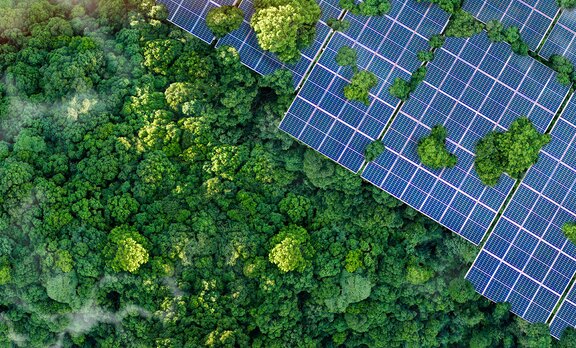An Essential Component for Safety and Efficiency
Green Hydrogen production is heralded as a cornerstone of the future sustainable energy infrastructure. It involves the generation of hydrogen through the process of water electrolysis powered by renewable energy sources such as solar or wind. One critical component in this sophisticated setup is the Direct Current (DC) isolator. Understanding its role and application ensures the safety and efficiency of the entire hydrogen production system.
What is a DC Isolator?
A DC isolator is a switch designed to safely disconnect the DC electrical circuits from their power sources. This allows maintenance and emergency shutdowns without the risk of electric shock or damage to the equipment. Unlike AC isolators, DC isolators must handle the continuous, unidirectional flow of current and the associated high voltage levels typical in renewable energy systems.
Importance of DC Isolators in Green Hydrogen Production
Safety
The foremost role of a DC isolator in Green Hydrogen production is to ensure safety. Hydrogen production involves high-powered electrolysis cells that require substantial DC voltage. The isolator allows operators to disconnect these high voltage circuits during maintenance, inspections, or emergency scenarios, thereby preventing electric shock and potential short circuits.
System Maintenance
Regular maintenance of the electrolysis equipment is necessary to ensure optimal performance and longevity. DC isolators facilitate safe and efficient maintenance activities by enabling the complete disconnection of the power supply to specific sections of the system without affecting the overall operation.
Protection of Equipment
By isolating the DC circuits, the isolators help protect sensitive equipment from potential electrical faults or surges. This isolation is crucial to prevent damage to the electrolysers and other components, which can be both expensive and time-consuming to repair or replace.
Application in Green Hydrogen Production
In a Green Hydrogen production setup, DC isolators are typically installed at various points along the electrical circuit, including:
- Between Solar Panels and Electrolyser: In renewable energy-powered hydrogen production, the DC isolator is placed between the solar panels or wind turbines and the electrolyser. This placement allows the system to safely disconnect the power source from the hydrogen production unit.
- Within Electrolyser Units: Electrolyser units themselves may have multiple DC isolators to enable segmented isolation of individual cells or groups of cells. This segmentation allows for targeted maintenance or troubleshooting without shutting down the entire production line.
- On Battery Storage Systems: In setups that include battery storage to buffer the intermittent supply of renewable energy, DC isolators are used to disconnect batteries from the rest of the system. This disconnection is essential for safe battery maintenance and management.
Conclusion
DC isolators are indispensable in the realm of Green Hydrogen production, providing necessary safety, facilitating maintenance, and protecting valuable equipment. Their correct application and meticulous positioning within the electrical circuit ensure the efficient and uninterrupted production of hydrogen, paving the way for a greener and more sustainable energy future.
Back to resources




